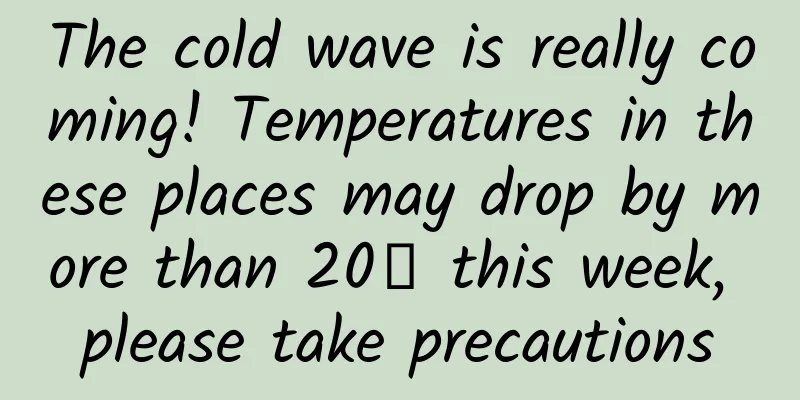Plants also have "social phobias" and become "shy" when touched lightly →

|
If you touch it lightly, its leaves will close immediately. Have you ever "bullied" a mimosa? I believe most people have done this. Mimosa pudica is also known as sensitive grass, shy grass, and shy grass . The most special thing about this species is that when it is stimulated by the outside world, its leaves will immediately close. The greater the force of the external stimulation, the faster it closes, and the entire leaf will droop. After a period of time, it will return to its original state. It sounds like mimosa is a plant that suffers from social phobia . The reason why Mimosa pudica produces a "shy" reaction is first of all related to the climate of its origin . Mimosa pudica is native to the tropical region of Brazil in South America , where the climate is changeable, with sudden strong winds and heavy rains. Growing in such an environment, Mimosa pudica has naturally developed a good skill of "fighting against the enemy". When the wind blows or raindrops fall, the Mimosa quickly closes its leaves to avoid the damage to its delicate leaves caused by the strong wind and rain. At the same time, this "trick" can also make animals and low-flying insects cautious, avoiding the danger of being eaten by herbivores. This unique self-protection behavior of Mimosa often occurs in animals, but is extremely rare in the plant kingdom. There is a swollen part at the base of the petiole and the base of the leaflets of the compound leaves of Mimosa pudica, called the pulvinus . The pulvinus is filled with thin-walled tissue with many intercellular spaces. Plant cells are hypertonic and are often in a state of fullness and swelling, making the plant body upright and straight. When the vibration of the leaves is transmitted to the pulvinus, the permeability of the thin-walled cell membrane in the pulvinus and the instantaneous ion concentration inside and outside the membrane change, thus generating a potential difference, and the cell fluid is discharged into the intercellular spaces. The turgor pressure of the pulvinus cells decreases, and the pulvinus becomes soft and unable to support the weight of the leaf, which will cause the leaf to close or even the whole leaf to droop. Moreover, if people touch the leaves of Mimosa pudica with a strong force, the stimulation will not only be transmitted to the pulvinus of the leaflets, but will also quickly be transmitted to the pulvinus at the base of the petiole. At this time, the turgor pressure of the cells in the lower half of the pulvinus at the base of the petiole will decrease, and the entire petiole will droop. After a period of time, when the pulvinus cells are gradually filled with cell fluid, the turgor pressure increases, the leaflets unfold again, the petiole stands upright, and everything returns to its original state. The process is complicated, and a small plant's instinctive reaction to external stimuli is actually a self-protection measure to seek benefits and avoid harm. In this way, Mimosa pudica is not "shy", but just has a strong "defense". Note: The pictures are from the Internet and are only used as popular science materials. If there is any infringement, please contact us. |
Recommend
Two common marketing problems when promoting new products
A new brand of mobile phone was launched, and the...
Analysis of Toutiao's competitive products
With the rapid development of the Internet, peopl...
What are the functions of the Lanzhou community property management mini program? How much does it cost to develop a property management app?
In order to improve the management efficiency of p...
How to efficiently guide products to achieve self-propagation growth model
As a member of the growth department, when observ...
APP user growth: One model solves 90% of growth problems!
If growth cannot be achieved, it is most likely n...
Is it illegal to use someone else’s business license for a mini program? How to apply for a mini program business license?
As mini programs are increasingly valued by many ...
Let’s go to Yuntaishan!
In our impression Most of the mountains in northe...
Do a good job of "word-of-mouth marketing" and you can increase visits without any promotion!
The highest level of online promotion is that eve...
Giant Panda: Mine, mine, all mine!
"He He", "Jiu Jiu" and "...
Tao Li's "Preparation for Pregnancy Yoga" tutorial video, 7-day preparation plan for women
Course Contents: 1 Relaxing the body and mind.mp4 ...
Baidu Search oCPC Product Manual
This article shares with you the latest "Bai...
Apple's coolest innovation: battery technology
Perhaps the most exciting new technology Apple un...
After beating the world's major car companies, it rebuilt a business empire: new energy aircraft!
Everyone has a different answer to what a legend ...
How to get started with user operations in 4 steps?
I believe that those who are engaged in operation...









